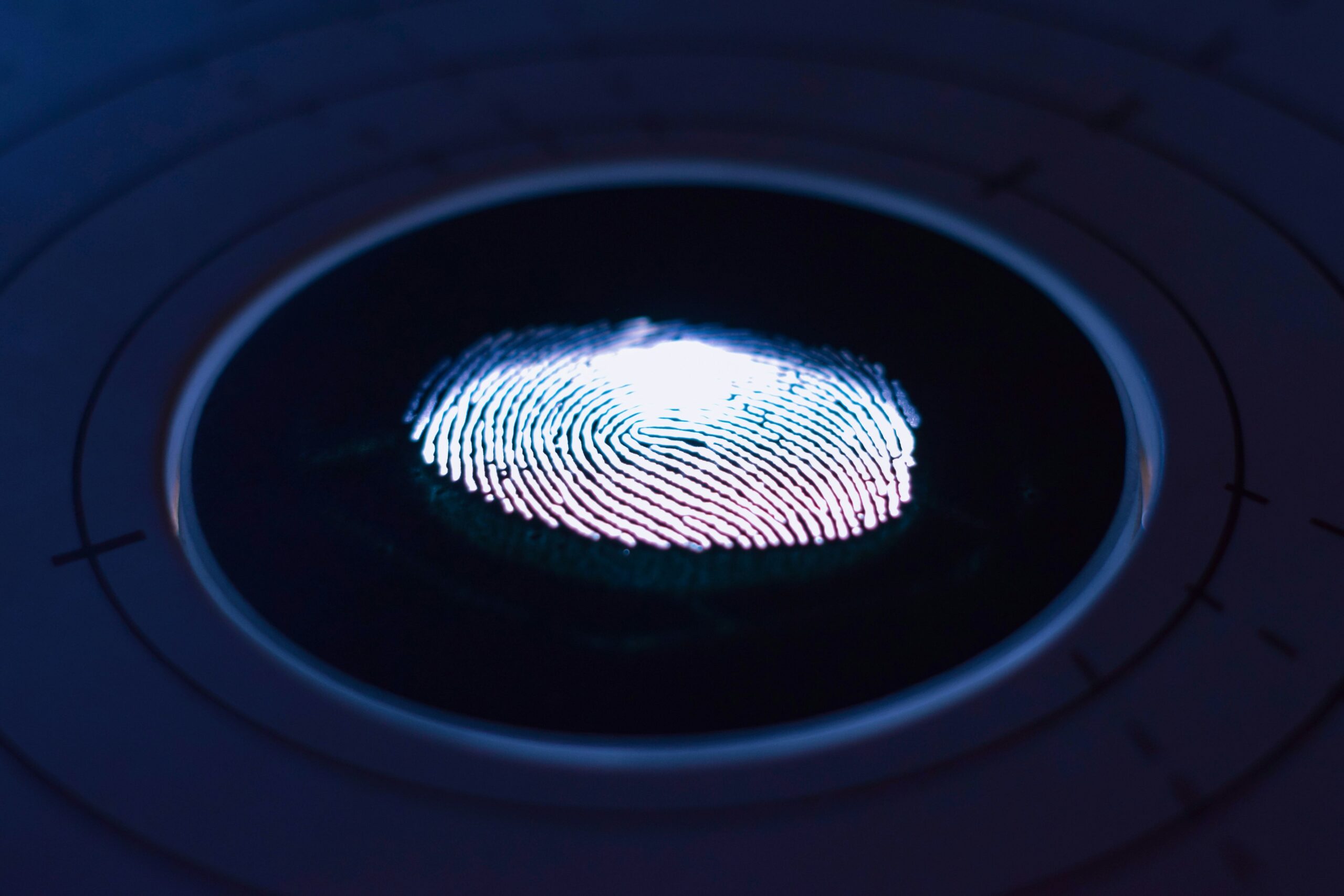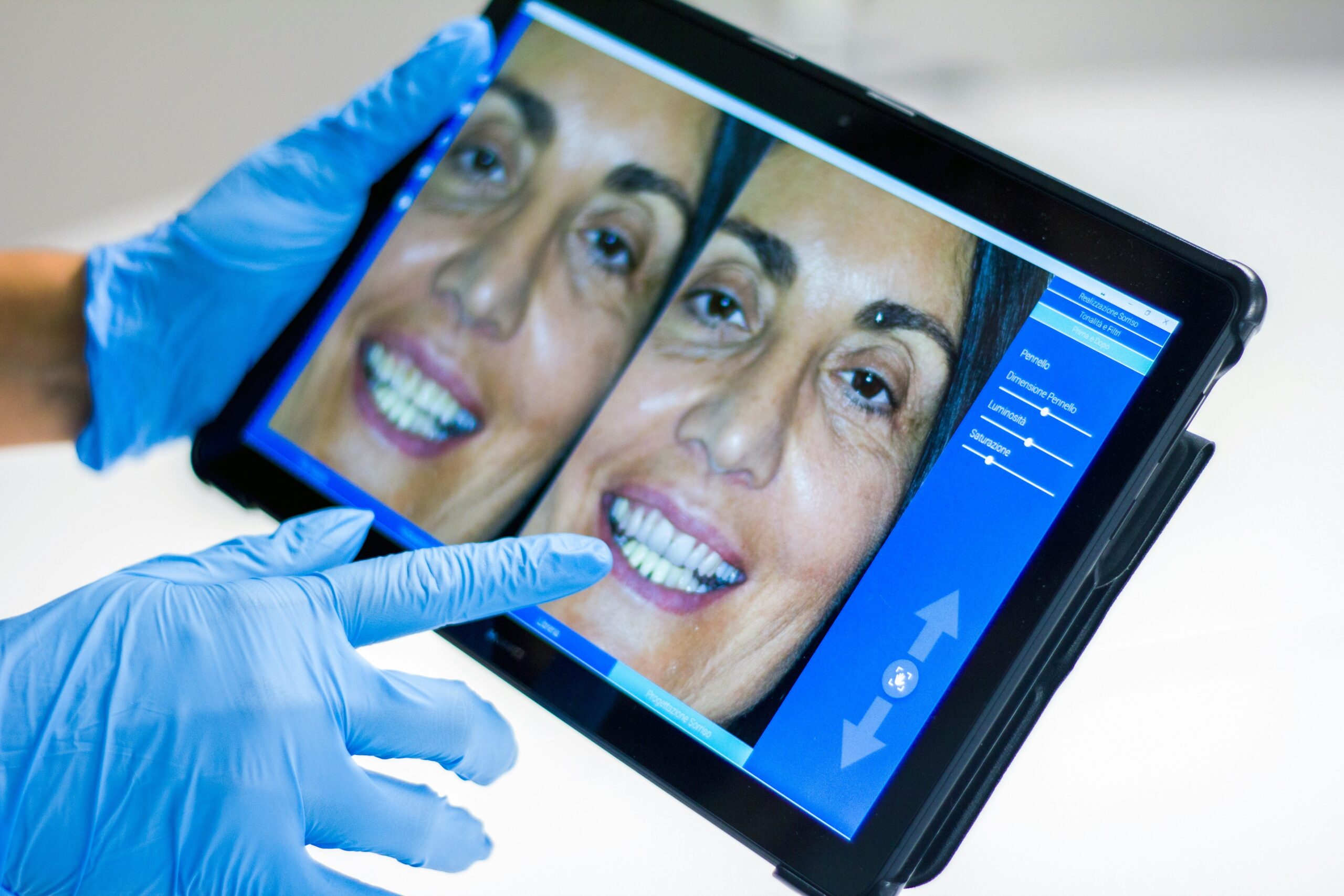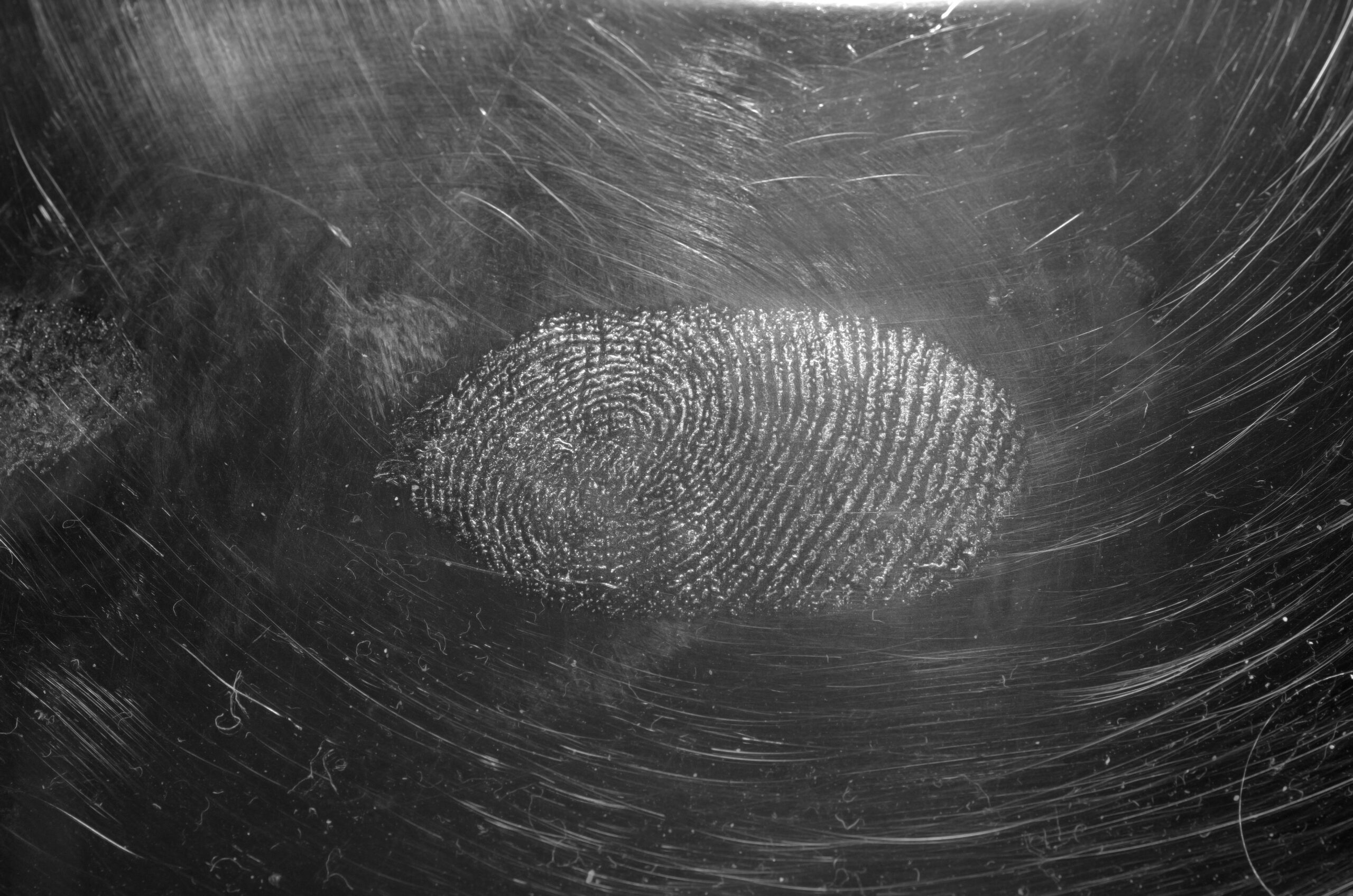Ever thought your laptop might be smarter than you? What if it could protect itself by knowing who you are? That’s where biometric triggers come in—guardians you didn’t know you needed.
In this post, we’ll explore how biometric triggers work and why they matter in the emerging world of tech, specifically within the monitoring kill switch niche. You’ll learn:
- What makes biometric triggers revolutionary
- How to implement them effectively
- Best practices for leveraging their power in tech safety
- Real-world examples showing practical use cases
Table of Contents
- Key Takeaways
- Why Biometric Triggers Matter
- Step-by-Step Guide to Using Biometric Triggers
- Tips and Best Practices
- Real-World Examples
- FAQs About Biometric Triggers
- Conclusion
Key Takeaways
- Biometric triggers add an extra security layer using unique physical traits like fingerprints or facial recognition.
- They’re vital in “monitoring kill switch” systems to prevent unauthorized access.
- You can integrate these tools into devices ranging from smartphones to advanced industrial equipment.
- While incredibly secure, they require proper setup to avoid user frustration or inefficiency.
Why Do Biometric Triggers Matter?
Imagine this: One day, you’re working on sensitive files when suddenly someone snatches your device. Classic nightmare scenario, right? But here’s where things get real ugly—you left it unlocked because who has time for passwords all day?
“Optimist You:”* Password managers exist!
“Grumpy Me:” Ugh, yeah… until someone cracks your master password with a brute-force attack.
This is where biometric triggers save the digital bacon. Unlike traditional passwords, biometric authentication relies on *you*. Fingerprints, iris scans, voice patterns—they’re impossible to replicate easily (sorry, hackers).
I made the rookie mistake once. I trusted face ID alone without backup measures—it failed me at exactly the wrong moment during a major presentation. Sounds like that whirrrr-ing fan trying desperately to cool down a GPU overheating mid-render. Lesson learned? Always combine layers of protection.

How to Set Up Biometric Triggers Step by Step
Ready to lock down your gadgets tighter than Fort Knox? Follow these steps:
1. Choose Your Biometric Feature
Start simple:
- Fingerprint Scanners: Fast and reliable.
- Facial Recognition: Handy but prone to errors under poor lighting.
- Voice Activation: Great for accessibility but less secure in public spaces.
Protip: Mix two methods together—a process called multimodal biometrics—for maximum resilience.
2. Integrate With Monitoring Systems
If you’re setting up a “monitoring kill switch“, ensure biometric triggers are directly tied to actions such as data wipes or system shutdowns upon unauthorized access attempts.
Say goodbye to stolen laptops broadcasting company secrets!
3. Test Rigorously
Nothing screams “user failure” louder than accidentally locking yourself out of your own system. (Yes, guilty!) Test repeatedly under various conditions before going live.
Top Tips for Leveraging Biometric Triggers Safely
Here’s some chef’s-kiss wisdom on making biometric triggers work for you:
- Avoid Overcomplication: Don’t overdesign; too many biometric factors just lead to frustration.
- Keep Backup Options Ready: No one likes getting locked out due to sweaty fingers ruining your fingerprint scan.
- Update Software Regularly: Hackers evolve fast; make sure your biometrics are ahead of the game.
- Beware False Positives: Terrible Tip Alert™ – Using only basic face recognition might let siblings snoop through your phone. Multimodality FTW!

When Biometric Triggers Saved the Day
Storytime! Meet Sarah, a freelance IT consultant whose client’s laptop was stolen. Luckily, Sarah had implemented biometric triggers connected to remote wipe protocols. When the thief tried accessing files, boom—the hard drive auto-deleted everything critical.
Or take Tesla’s advanced vehicle immobilizers using owner-specific key fobs combined with fingerprint verification. Even after losing keys, owners have reported no incidents of theft thanks to secondary biometric locks.
See? These innovations aren’t futuristic fantasies—they’re today’s realities.
Frequently Asked Questions About Biometric Triggers
Are Biometric Triggers Foolproof?
Nope. While extremely difficult to bypass, nothing’s totally foolproof (yet!). Combining biometrics with other safeguards is always recommended.
Can Someone Fake My Fingerprint?
Hypothetically yes, Hollywood-style—but modern algorithms now detect subtle details most copies miss.
Do They Work Everywhere?
Not quite. Environmental factors—like wet hands for fingerprint readers—can limit effectiveness. Choose wisely based on context.
Final Thoughts
Biometric triggers represent the future of personalized cybersecurity, blending seamlessly into our interconnected lives while fortifying against threats unseen. Whether safeguarding corporate secrets or protecting personal assets, embracing this technology means taking control back from would-be intruders.
Remember, though: Technology thrives on balance. Blend optimism (“This will keep me safe!”) with grumpy realism (“Only if I remember backups…”), and you’ll ace implementation.
And speaking of nostalgia… Remember flip phones? Yeah, they didn’t need biometric triggers to stay secure—just good ol’ dumb luck 😅.
Whispers guard my screen,
Touch and glance—my silent shield.
Safety feels surreal.


